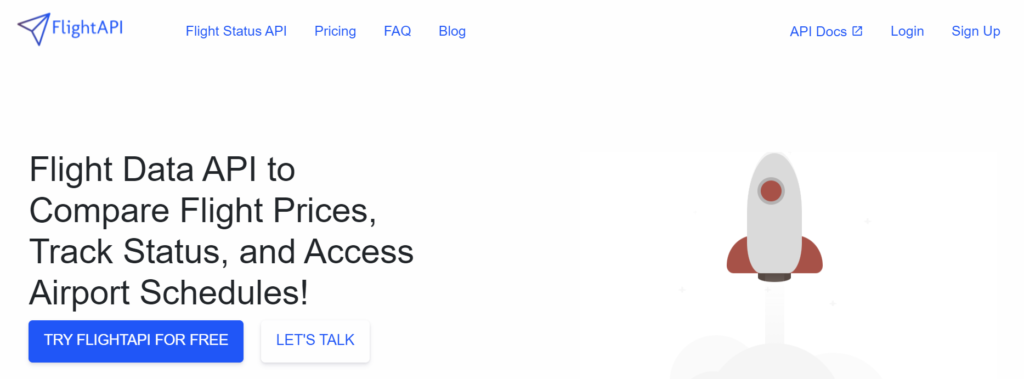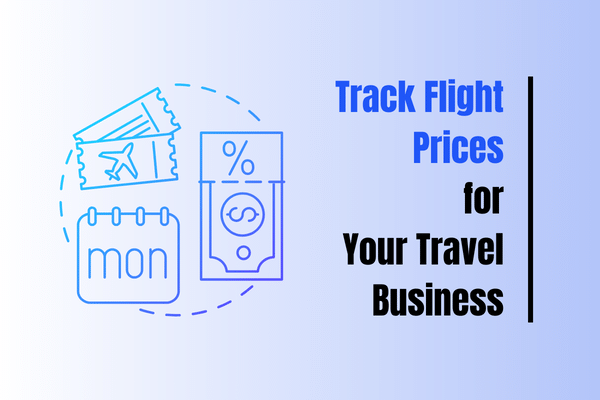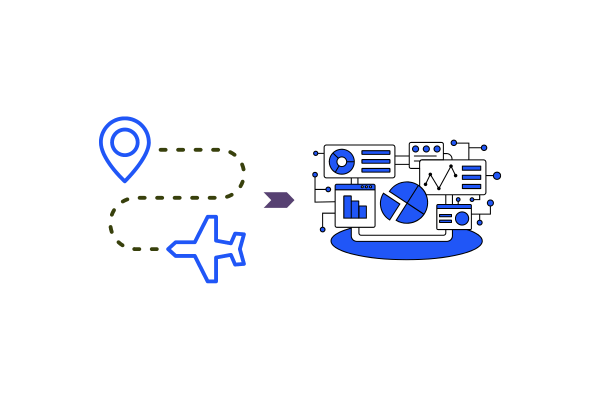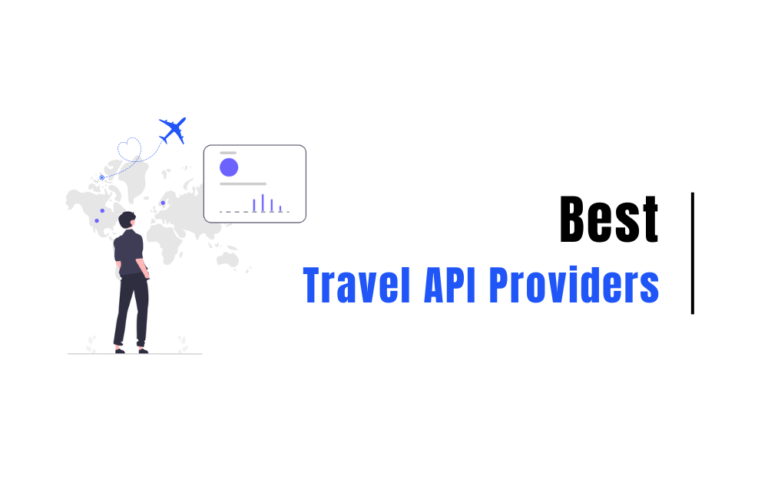Best Way to Track Flight Prices for Your Travel Business
As a travel agent or tour operator, being able to track airfares accurately is crucial to remaining competitive and profitable.
This allows you to adjust your packages and offerings accordingly and pass savings to customers, and you can also take advantage of lower prices to make even more profit.
In this article, we have mentioned effective methods for monitoring real-time flight price tracking of different airlines, across different OTAs for all types of carriers.
Whether you want to maximize margins or attract clients with unbeatable deals, these flight tracking tips will help you leverage pricing data, react quickly to changes, and boost your travel business performance.
So, get ready to discover.
Ways To Track Flight Prices for Your Travel Business
1. Use a Flight Price API

APIs act like a direct pipeline to real-time flight data from airlines and online travel agencies sites. We’re talking about prices, schedules, status, and availability, all of these data can be obtained with an API.
Using a Flight Price API makes it infinitely easier and faster for you to monitor airfares that are always fluctuating.
Using it pretty straightforward, here is how you can do it-
a) Choose the Right Flight Price API
First, pick an API that’s got the coverage and data depth you need and is also economical as compared to others. You can use Flight Price API, which provides flight price comparison data from multiple vendors. This API allows you to monitor prices for one-way, round-trip, and multi-city flights, all presented in your preferred currency.
b) Sign Up and Read The Documentation
The next step is to register for an API key, which is usually a simple process involving signing up and accepting the provider’s terms of service. With the API key in hand, head over to the documentation page to understand the endpoints available, the request parameters you can use, and the structure of the response data you’ll receive.
To get more information about how can you use this API to extract live Flight Data, watch this video:
Pros:
- Access real-time data from multiple vendors, for various flight types, in preferred currencies in a matter of seconds.
Cons:
- Setup and integration require some level of technical knowledge, which makes it a bit challenging for non-developers.
2. Use Flight Comparison Websites and Apps
Tools like Skyscanner, Momondo, and Google Flights make it super easy to compare flight prices across different airlines. Their interfaces let you see up-to-date rates in one spot, which is awesome for keeping tabs on the best deals out there. The best part – these sites are simple enough for anyone to use, and no tech skills are required!
For a travel business, these search engines can be a handy way to stay on top of pricing so you can offer customers the lowest fares.
Pros:
- Easy to compare prices without needing technical skills
Cons:
- Unlike APIs that provide direct access to filtered airfare data, using these tools requires manual, repetitive searches, which can be less efficient and accurate.
3. Set Up Price Alerts
Setting price alerts is a total game-changer for tracking flights. Just pick your go-to search engine, whether it’s Skyscanner, Google Flights, Kayak, or whatever. Then plug in your ideal destinations, dates, and other criteria. And, set up price alerts on the
These sites will now keep an automated eye out, monitoring for any price drops or hikes 24/7. Once there’s significant movement up or down, it’s gone time – you’ll get pinged with an email or app notification.
Have a look at the image below, how you can easily track prices on Google flight search.
It means no more endlessly checking manually to try to snag a deal. The second there’s a solid discount or rates start skyrocketing, you’ll know – and can book those tickets for your travellers ASAP.
Pros:
- You will receive instant email or app notifications when prices drop or increase, which allows you to make quick decisions.
Cons:
- Setting up multiple alerts can lead to a flood of emails. It requires manual management to prevent your inbox from being overwhelmed.
- While effective for individuals or a small number of flights, price alerts are less practical for tour operators or businesses who need to track a large volume of bookings.
- Unlike Flight Search APIs, price alerts do not provide the detailed data or analytics needed for predicting trends or making informed pricing decisions at scale.
Conclusion:
Choosing the right flight price tracking method is critical for your travel business’s success. For individuals or very small operations, setting up price alerts can be sufficient. However, this approach becomes unmanageable as booking volumes increase across multiple routes and destinations.
Larger travel agencies and tour operators should harness the power of Travel APIs instead. These APIs provide real-time data, historical insights, and analytics to optimize pricing strategies at scale.
With comprehensive flight information, you can manage bulk bookings efficiently and respond to fluctuations swiftly.
So, decide which method works best for your business requirement, and start tracking flight prices to offer your customer the best discounts and offers to increase their satisfaction and your revenue.







